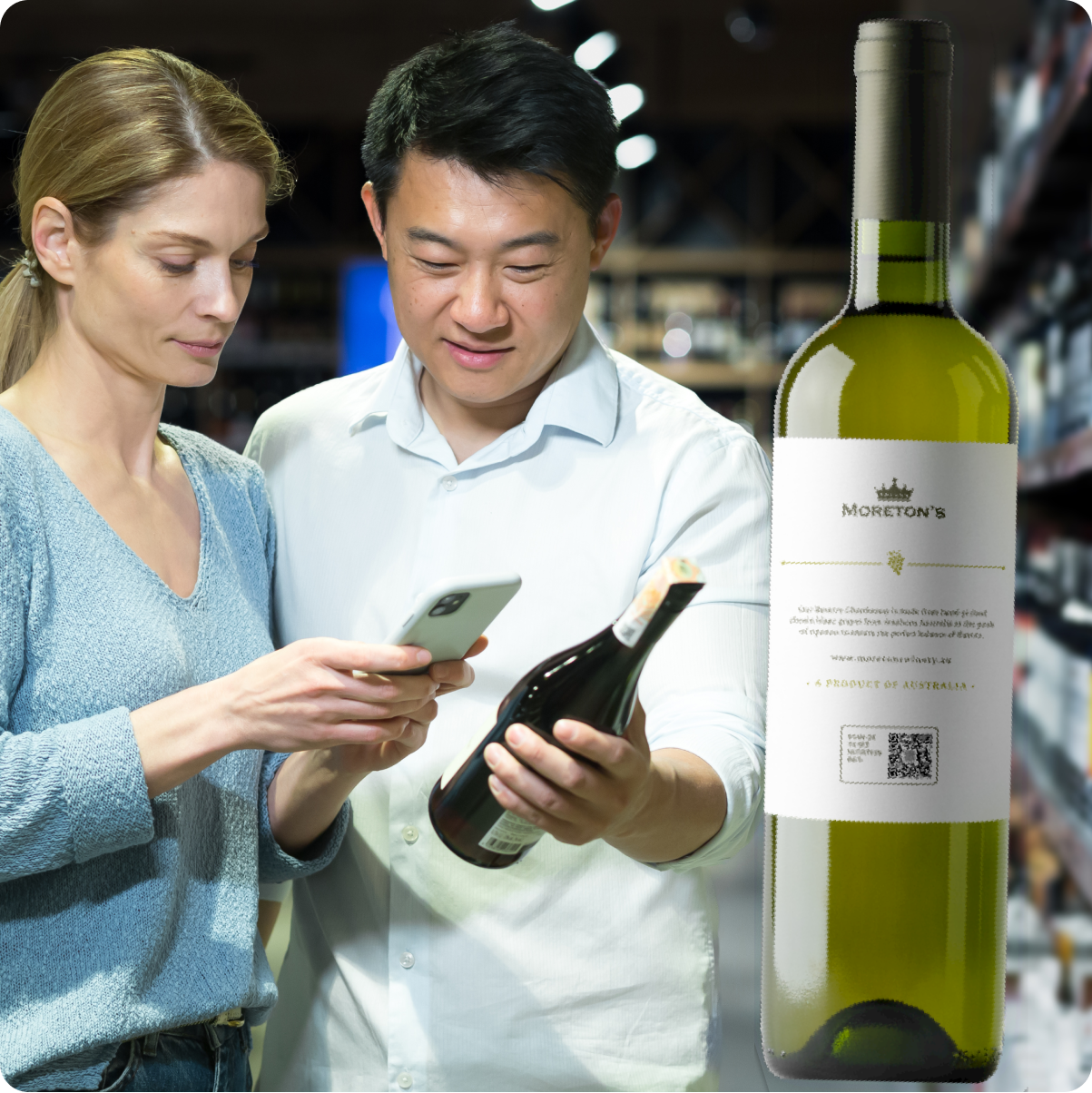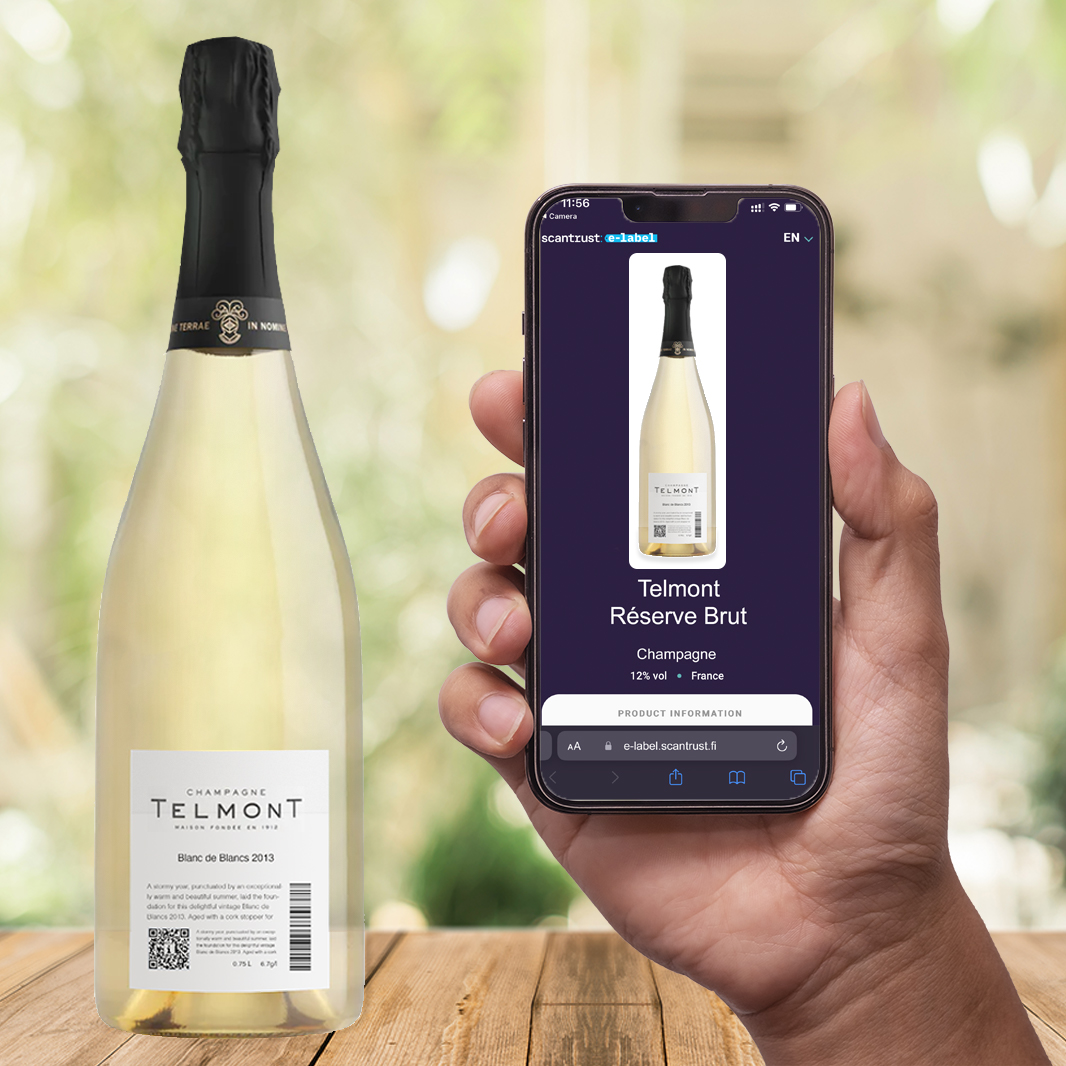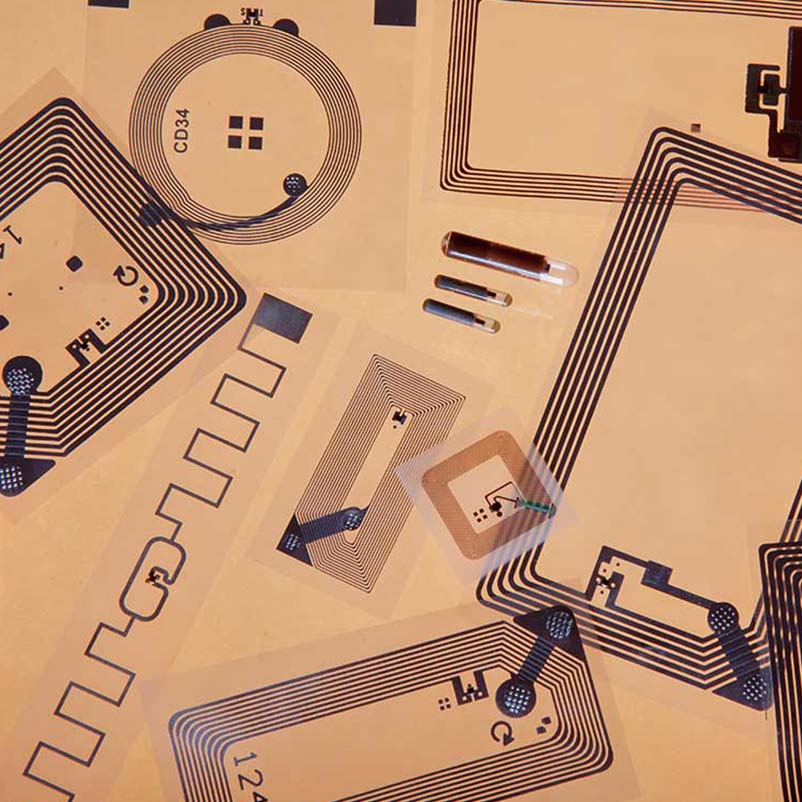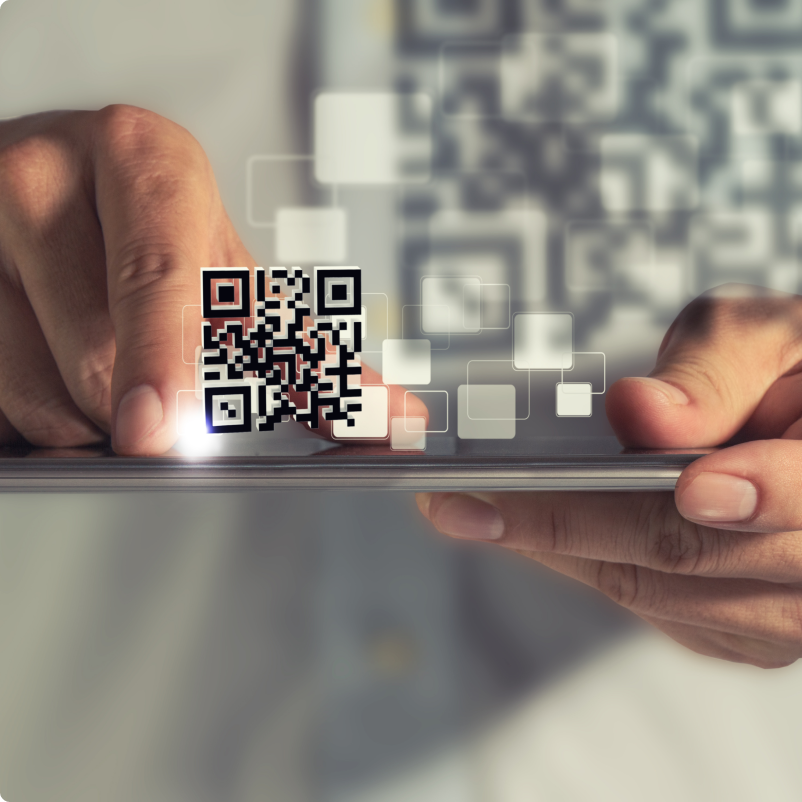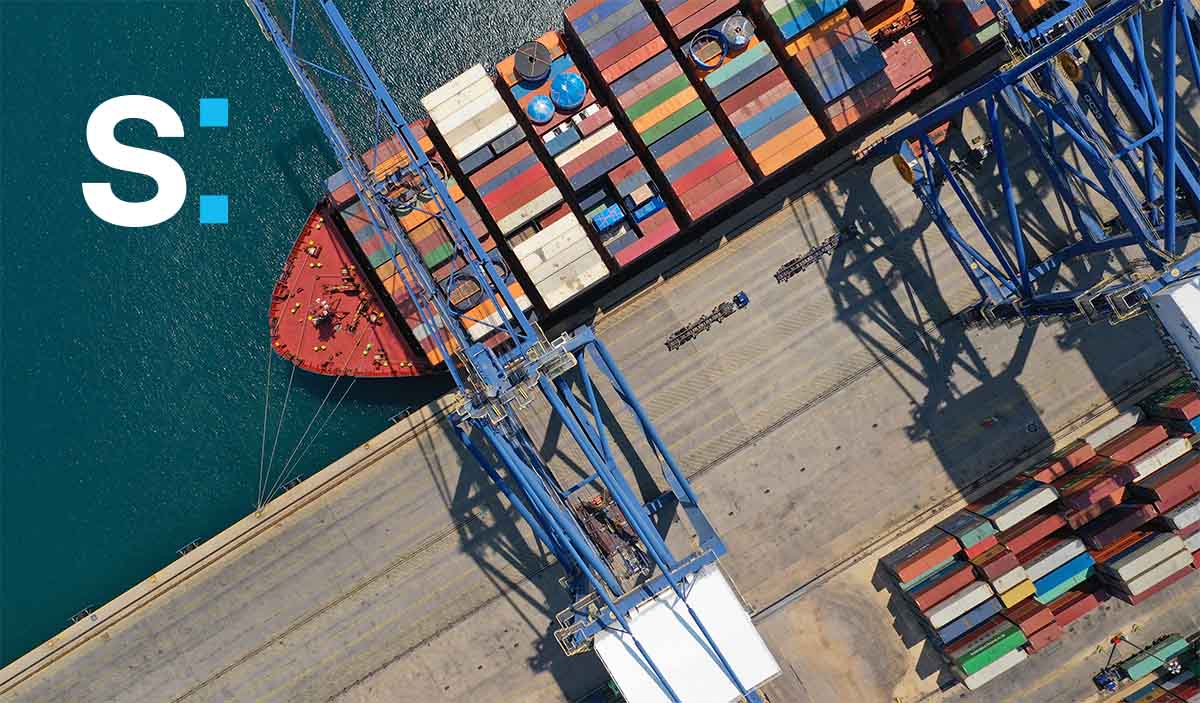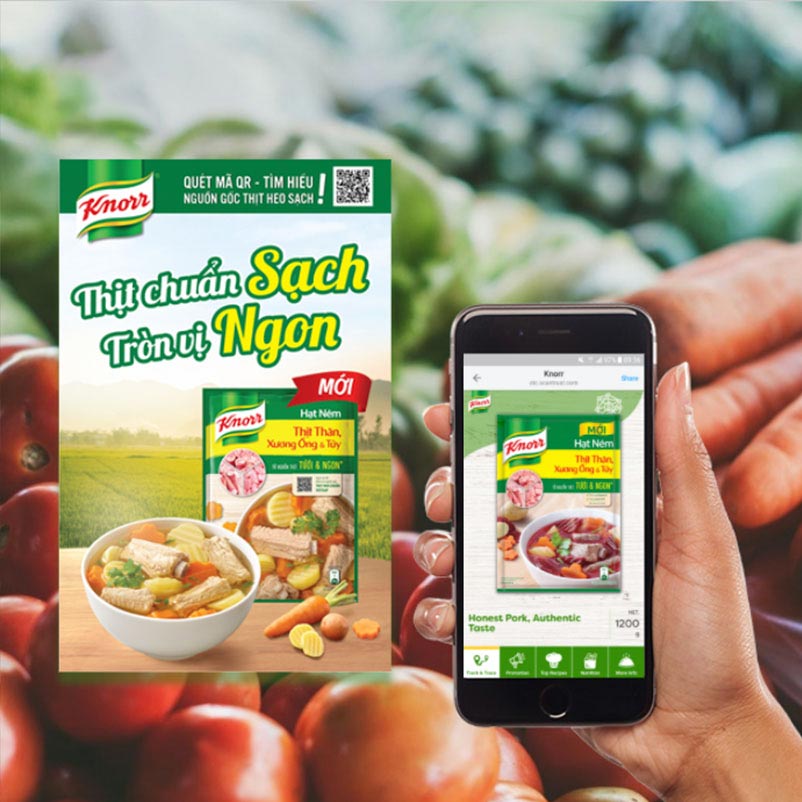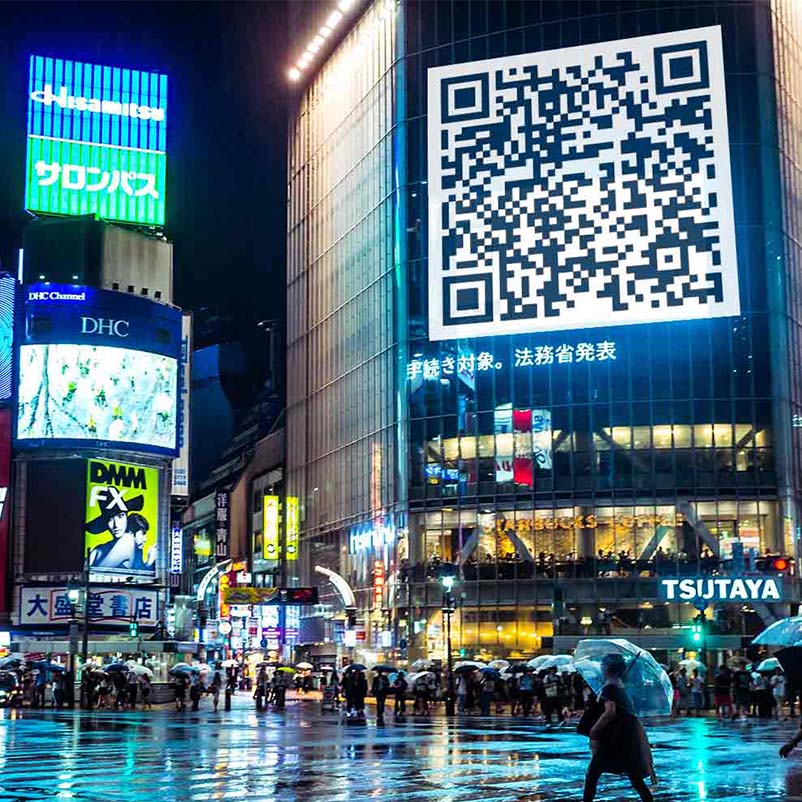
Digital product passport regulation: What does it change for companies?
From 2024 onward, regulations have changed the information that must be provided to individuals, companies, and governments in the E.U. With additional information requirements, including ingredient details, and product origin details, a mechanism for storing and delivering that information is needed. Enter the digital product passport.

QR Codes as a Digital Customer Engagement Strategy
QR codes emerge as a transformative solution that amplifies a company’s digital engagement and enhances customer experience— a win-win scenario for both parties. This article touches on QR codes product information, loyalty programs, data collection, and more.
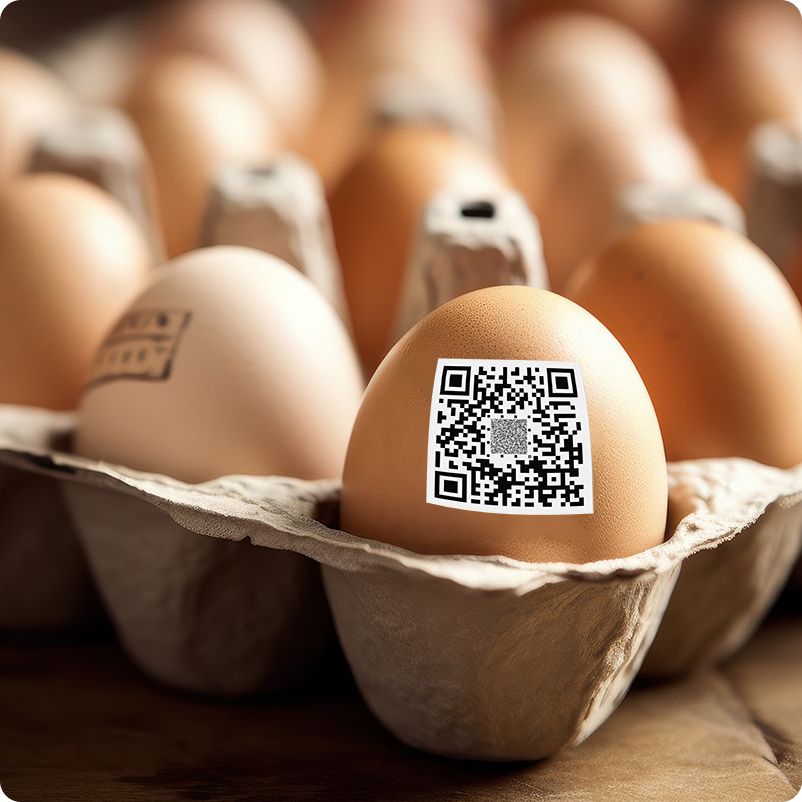
Supply chain traceability software and solutions
Several key technologies have created new possibilities in the practice of traceability. Smaller interconnected computers, the invention of better low energy sensors, and better data analysis tools are all improving supply chains and the ability to track things. Knowing which solutions among these are the best is the first step to taking advantage of them.
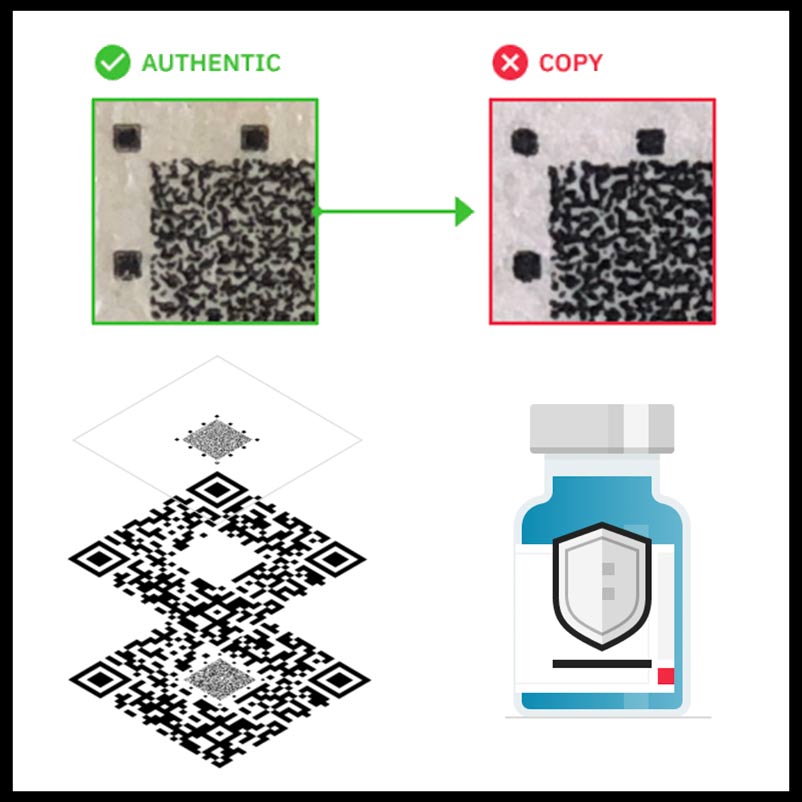
Secure QR codes for anti-counterfeiting, with examples
Anti-counterfeiting on product packaging is already being used in several major industries including lubricants, pharmaceutical, cosmetics, and electronics. Different situations and products merit a different solution and approach. This article reviews several of the most effective, proven options available to companies.
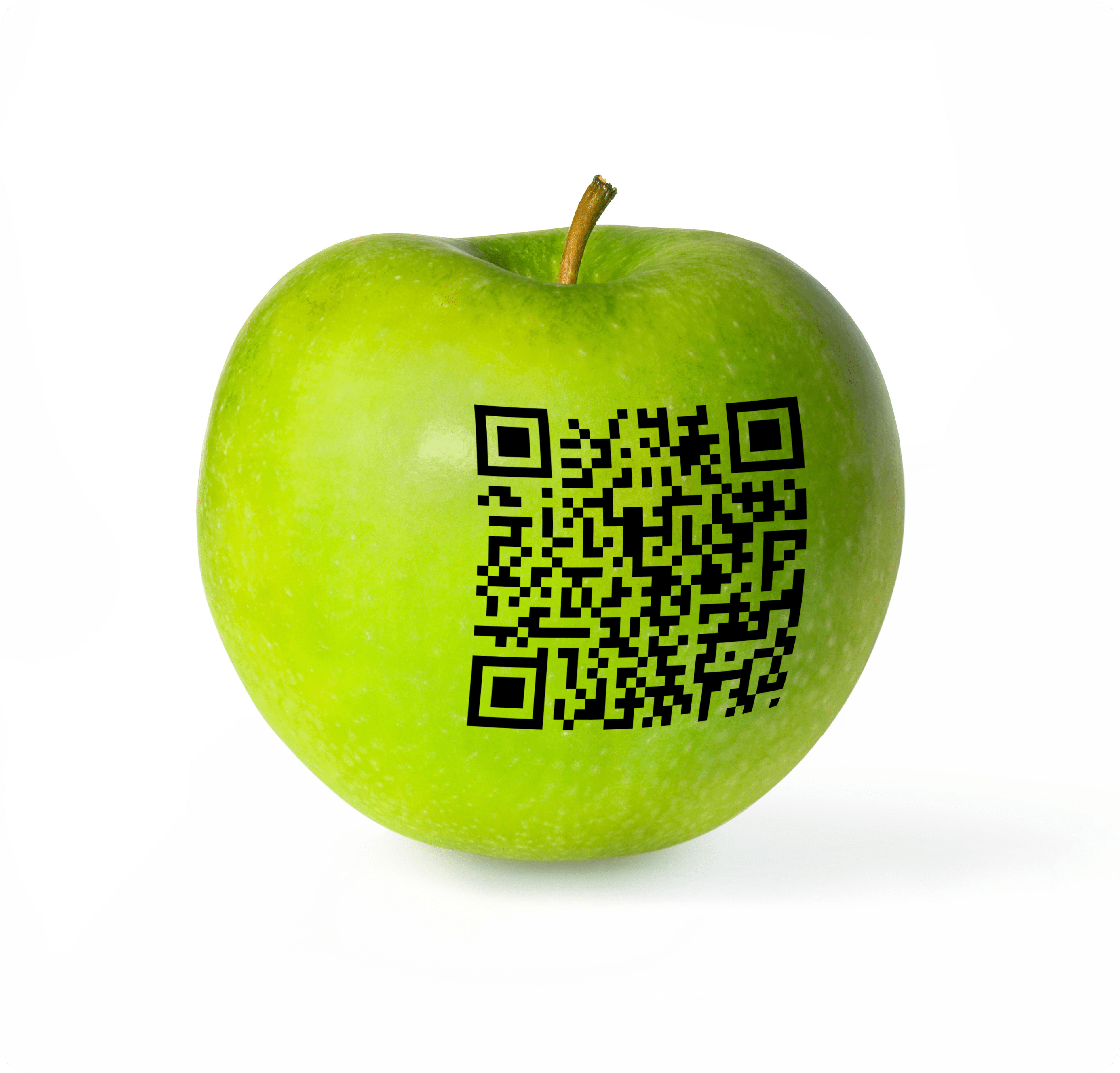
FDA food traceability requirements: How will FSMA change the FDA’s recordkeeping requirements
The U.S. Food and Drug Administration (FDA) has recently established new requirements for food traceability, meaning the ability to trace the movement of food products through the supply chain from “farm to fork”. These changes mean new rules for compliance. QR codes on food items at all stages of transport and delivery are the recommended response.

